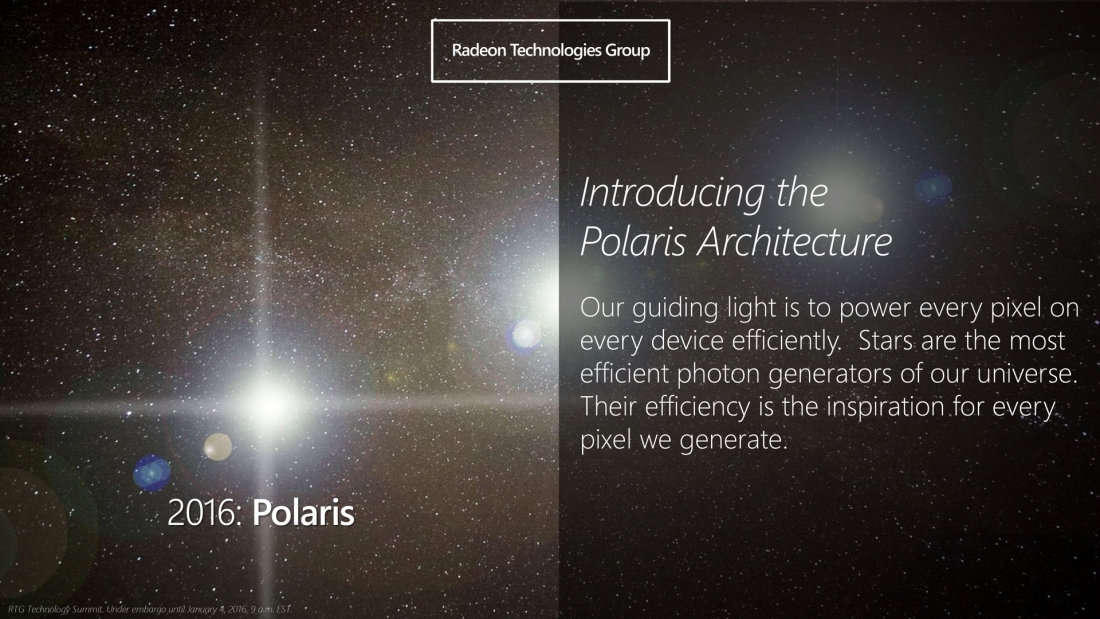
If the latest information from HardwareBattle is correct, the patient wait for next-generation graphics cards may finally be over in the coming months. The usually reliable site has received information that suggests AMD will be launching their new Polaris GPUs at the end of June, perhaps with a paper launch at Computex the previous month.
Not much is known about AMD's upcoming Polaris series at this stage, although VideoCardz believes that the Radeon R9 490X (or 490) will be based on a Polaris 10 GPU. This suggests that, unlike with the R9 300 series, AMD will not be re-branding last year's flagship Fiji cards as R9 490 series cards.
Whether or not AMD will re-brand their old cards at all remains to be seen. The company does have a habit of only releasing a few truly new graphics cards in any one year, but with Polaris shift to 16nm from 28nm, we could see AMD give their line-up the complete refresh it deserves.
On the other hand, AMD might decide to continue selling the Fiji-based Fury line considering some of these cards have been on sale for less than a year. Whether or not this is through a re-brand or simply keeping the Fury line available remains to be seen. However, VideoCardz does believe that Polaris 10 will compete with Nvidia's GTX 1080/1070 series, which suggests it will feature a handy performance boost over existing cards.
Hopefully this rumor does come to be true, as we've been seriously starved of exciting graphics card launches for some time.
https://www.techspot.com/news/64384-amd-next-gen-polaris-graphics-cards-may-launch.html
